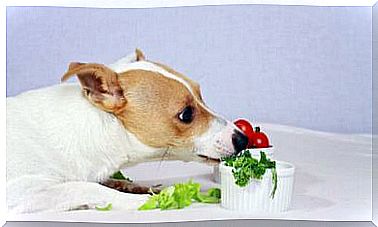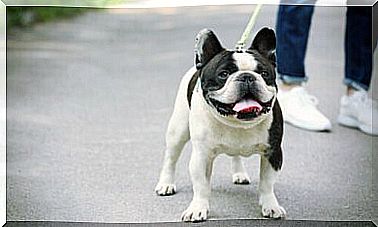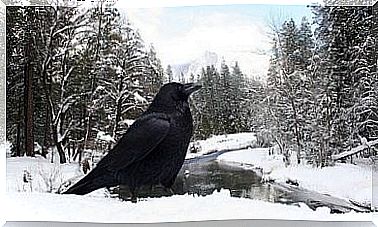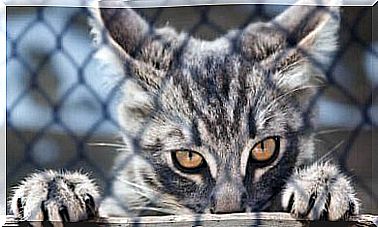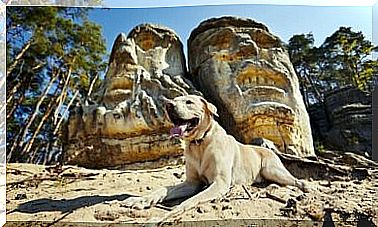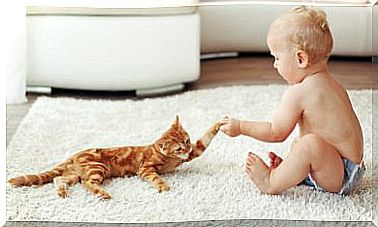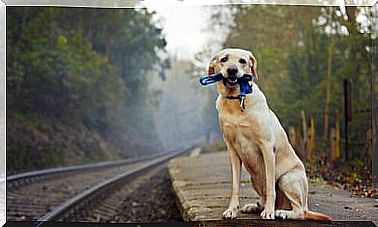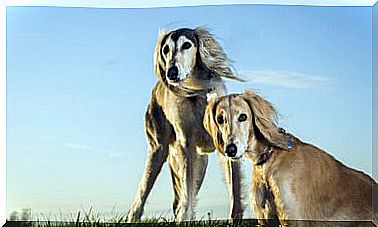What Is Gastric Torsion In Dogs?

Stomach torsion or dilation syndrome is an acute disease that occurs in some pets, such as cattle and dogs. If not caught in time, it could cost your pet his life. This is why it is important that you know everything about this pathology. Read on.
What is gastric torsion in dogs and what causes it?
The death rate in dogs suffering from gastric torsion is very high: those who are not treated die 100% of the time, and those who are urgently taken to the vet have a 65% chance of survival.
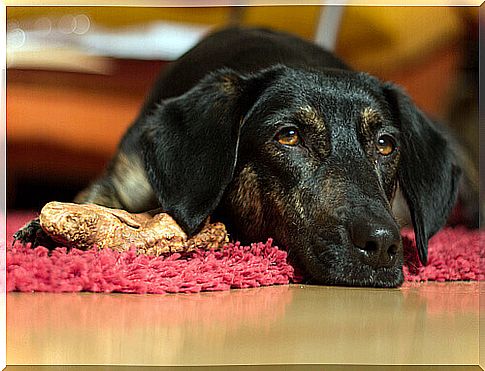
Author: Christine und David Schmitt
Although it is not known for sure what causes this problem, the most established theory by doctors is that it is caused by the accumulation of gas in the stomach. When this happens, the dilation (inflammation) is such that the ligaments cannot hold it back. The weight of the spleen (on the side of the stomach) causes the intestines to kink. The consequence is a blockage of the blood vessels and the crushing of the arteries and veins found in the stomach.
The blood cannot reach the other vital organs or even oxygenate itself. Then a cardiac arrhythmia occurs, and finally a fatal shock.
This explanation helps us understand what gastric torsion is, and why you shouldn’t underestimate it. Among the main causes of stomach torsion, we remember:
1. Excessive ingestion of food
If your dog eats or drinks voraciously, he will be more likely to suffer from this problem. It also happens to dogs who eat more than one portion of food and to those who, after returning from the walk, devour what they have in the bowl.
2. Diseases
Older dogs are vulnerable to stomach torsion if they are unable to evacuate gas properly due to some condition. You should also be careful if any member of the pet’s family has suffered from gastric volvulus in the past.
3. Stress
Routine changes, travel, separation from the owner, spending a lot of time alone, or the death of a family member can lead to the dog eating more and being more likely to suffer from this condition.
4. Race
Although gastric torsion can happen to any dog, there are breeds that are more prone than others to suffer from it. Pay attention if your pet has a hollow chest and distended stomach, if it is large in size or if it is a Molosser. Here are the breeds: Dobermann, Chow Chow, German Shepherd, Galgo, Dalmatian, St. Bernard, Weimaraner and Boxer.
Symptoms that characterize this disease are:
- Nervousness. The dog is restless and looks at his stomach.
- Inflammation of the abdomen. If you hit it gently with your hand, it sounds like a drum.
- He retched. Even if he tries to vomit, all that comes out is frothy saliva.
- Burps, profuse salivation and abdominal spasms.
- Respiratory difficulties.
- Weakness and depression.
Diagnosis and treatment of gastric torsion in dogs
Once you realize that your dog is having gastric torsion, you must immediately take him to the vet (during the trip try not to let him move). The doctor will do an x-ray to clearly see the stomach, and see if the orifice that connects this organ to the intestine has shifted.

Author: Soggydan Benenovitch
She will then give him intravenous antibiotics and fluids to calm him down. Then, he will extract the contents of the stomach using a tube, and proceed with a gastric lavage. Finally, through a surgical operation, he will fix the stomach to the abdominal wall, to avoid a new twist. If the dog survives, he may recover within 48 hours.
How to prevent twisting?
To prevent your pet from suffering from gastric torsion, we recommend that you:
- Splitting his food
- Avoid drinking too much water immediately after eating
- Decrease physical exercise
- Don’t let him eat at night
- Avoid getting stressed.
